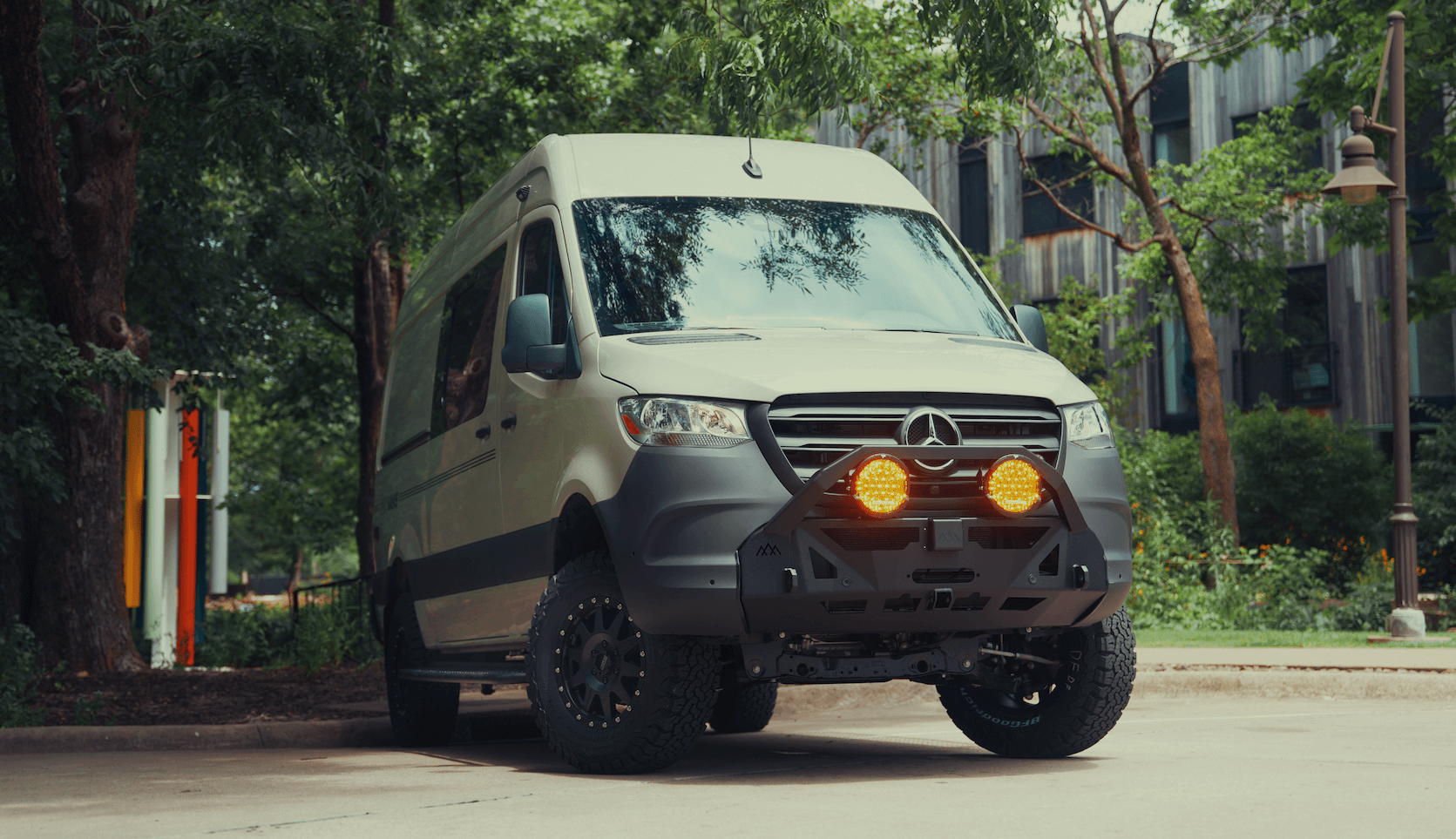Recreational Vans

Consider typical targets used by quality facilities and well designed enclosures: 55 to 80 degrees Fahrenheit with 30 to 60 percent relative humidity. Within that band, finishes stay stable, adhesives hold better, electronics avoid condensation, and leather resists cracking. The biggest advantage is stability over time. Fewer swings mean less expansion and contraction across materials, so joints and seams last longer.
Not every indoor space is truly climate controlled. A qualifying environment does more than sit under a roof. It layers thermal resistance, air sealing, and active conditioning with smart airflow. Look for continuous insulation that reduces thermal bridges, a well sealed envelope, and balanced ventilation that refreshes air without dragging in excess moisture.
Key components include a right sized heat pump or HVAC unit, a dehumidifier or integrated humidity control, return air pathways to prevent stagnant zones, and sensors at more than one height. Smart thermostats and humidity monitors help document stability. Quality doors use perimeter seals and proper thresholds. Windows, if any, should be double glazed and shaded to prevent solar gain spikes.
Some items only need basic shelter. Others demand indoor climate storage to preserve function and value. Short term storage of durable goods may be fine in a basic garage. Long term storage of wood furniture, artwork, musical instruments, camera gear, or premium bikes benefits from controlled conditions. Classic vehicles and motorcycles are sensitive to moisture driven corrosion in crevices and electrical connectors, so stable humidity pays off over the long haul.
Start with an inventory. Flag anything that is organic, laminated, adhesive bonded, precision machined, or contains electronics. Then match risk to duration. A month of shoulder season storage is different than a year of hot summers and cold winters. If you plan a climate zone, place sensitive items away from exterior walls, raise them off the floor to avoid cold or damp spots, and use breathable covers rather than plastic sheeting that traps moisture.
Clothing, documents, and textiles prefer breathable bins with desiccant packs rotated on a schedule. For bikes and tools, apply a light corrosion inhibitor and avoid foam that can hold moisture against metal. For vehicles, fill the tank with ethanol free fuel, stabilize it, maintain battery charge, and ensure a gentle air exchange to avoid stale air without inviting humid air.
Thoughtful storage design applies on wheels too. Mobile environments like enclosed trailers and vans can be insulated and conditioned to store gear safely on the move. Insulation selection and vapor control matter even more here because you cross climates quickly and bring humid air inside with each door open. Stable interior conditions reduce condensation on cold metal, protect cabinetry, and keep electronics reliable.
When you are ready to translate these best practices into a purpose built rig, a custom builder can implement the envelope, airflow, and power systems that make climate control reliable on the road. That means pairing the right insulation package with quiet ventilation, sizing heating and cooling for your volume, and integrating humidity control and monitoring so you can see conditions at a glance.
OZK Customs applies these indoor climate storage principles in vans and overland builds for real world travel. We design insulated shells, quiet ducted airflow, and humidity aware control strategies tied to your electrical system. Whether you need a climate managed garage bay for a motorcycle, a gear closet that stays dry, or a living cabin with dependable temperature control, our team plans the envelope, the equipment, and the power to keep your space in the safe zone. Our shop in Fayetteville Arkansas also supports partial upfits if you want to improve storage conditions in an existing van.
At handoff, we walk you through monitoring and maintenance so your climate stays consistent season after season. The result is simple: your gear lasts longer, your cabin stays comfortable, and your investment holds its value.
Strong storage starts with strong design. Tell us what you store, where you travel, and how long items sit between trips, and we will tailor the insulation, ventilation, heating, cooling, and humidity control to match.
Protect your gear and vehicle with climate smart design. Share your wish list and we will build a plan that fits your routes, seasons, and storage needs.
Ready to protect your rig and gear with purpose built climate control? Tell us how you travel, and OZK Customs will design the right insulation, ventilation, and power system to keep temps and humidity in the sweet spot. Start your custom build plan today.
ADDRESS:
6159 E Huntsville Rd, Fayetteville, AR 72701
PHONE:
(479) 326-9200
EMAIL:
info@ozkvans.com